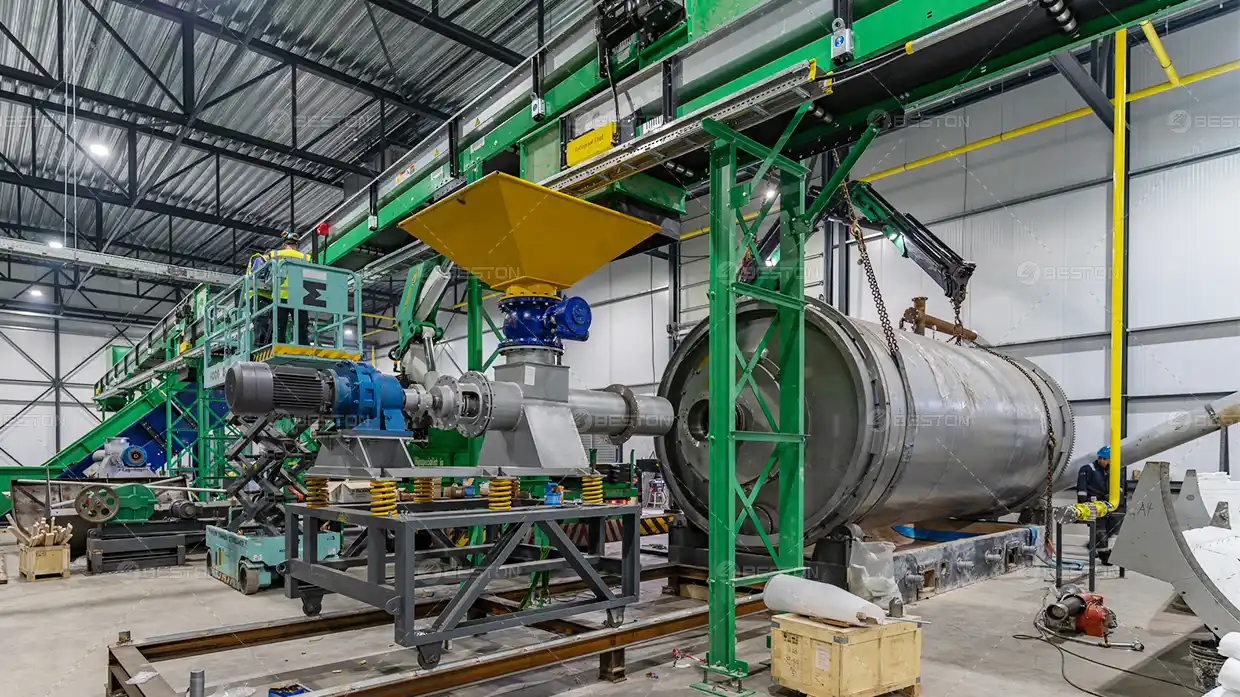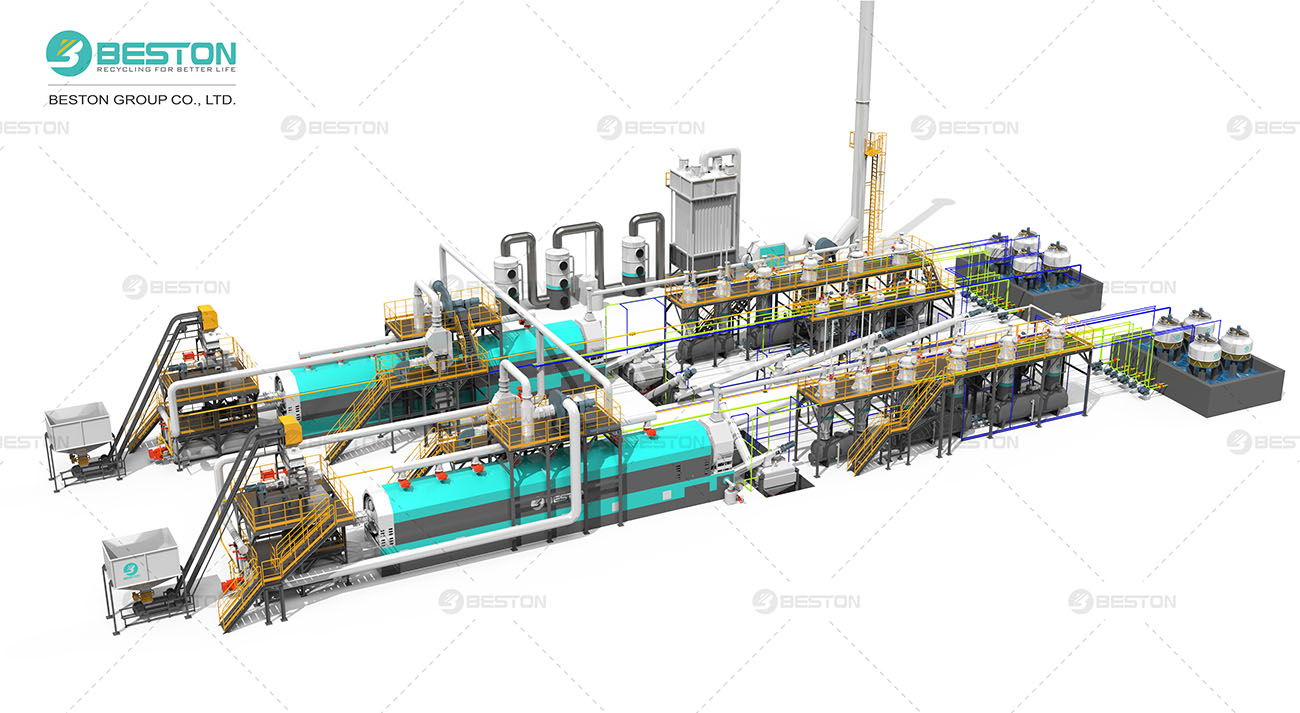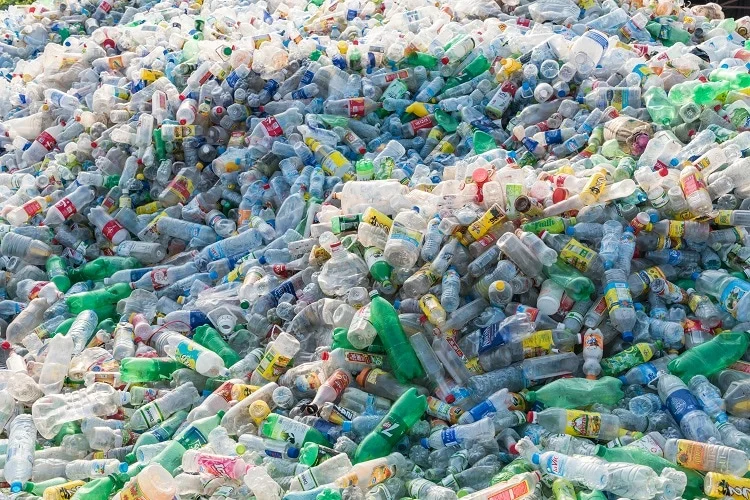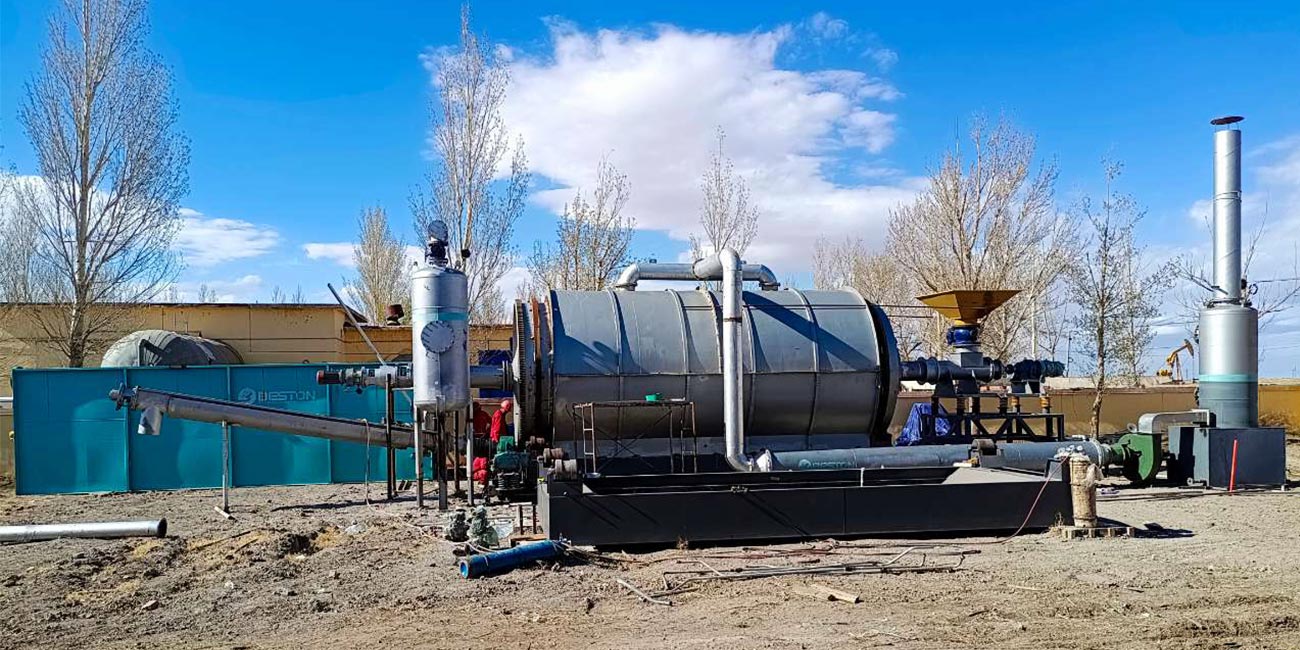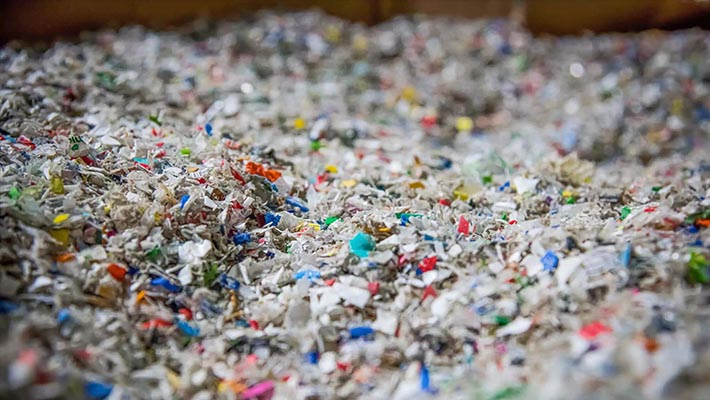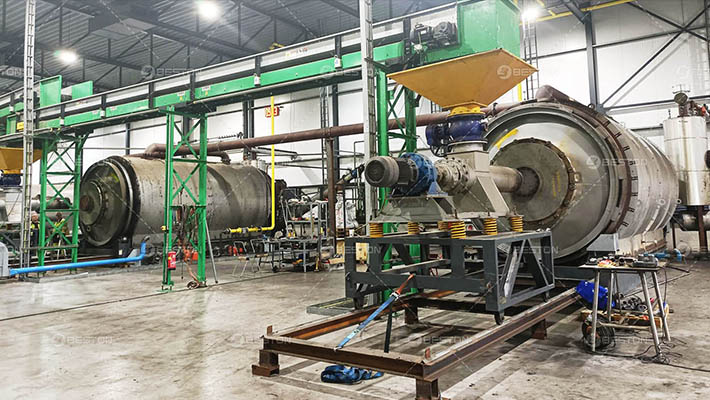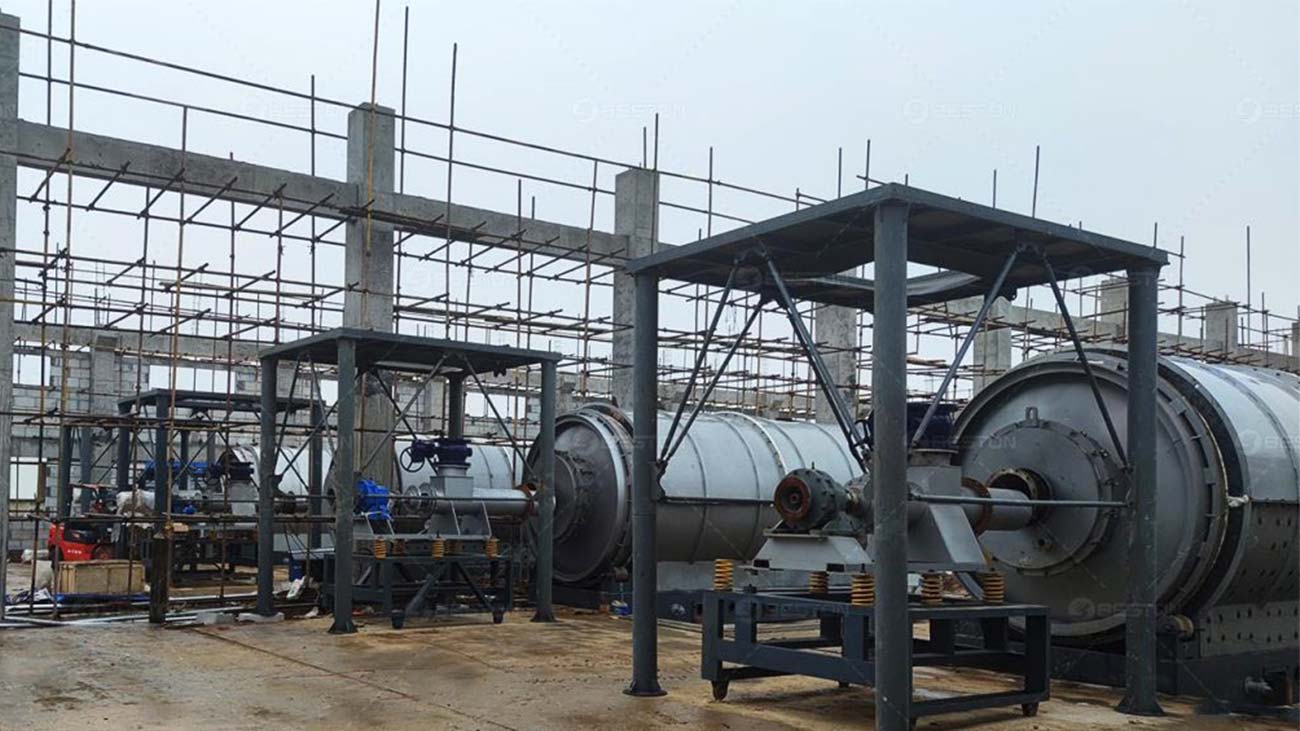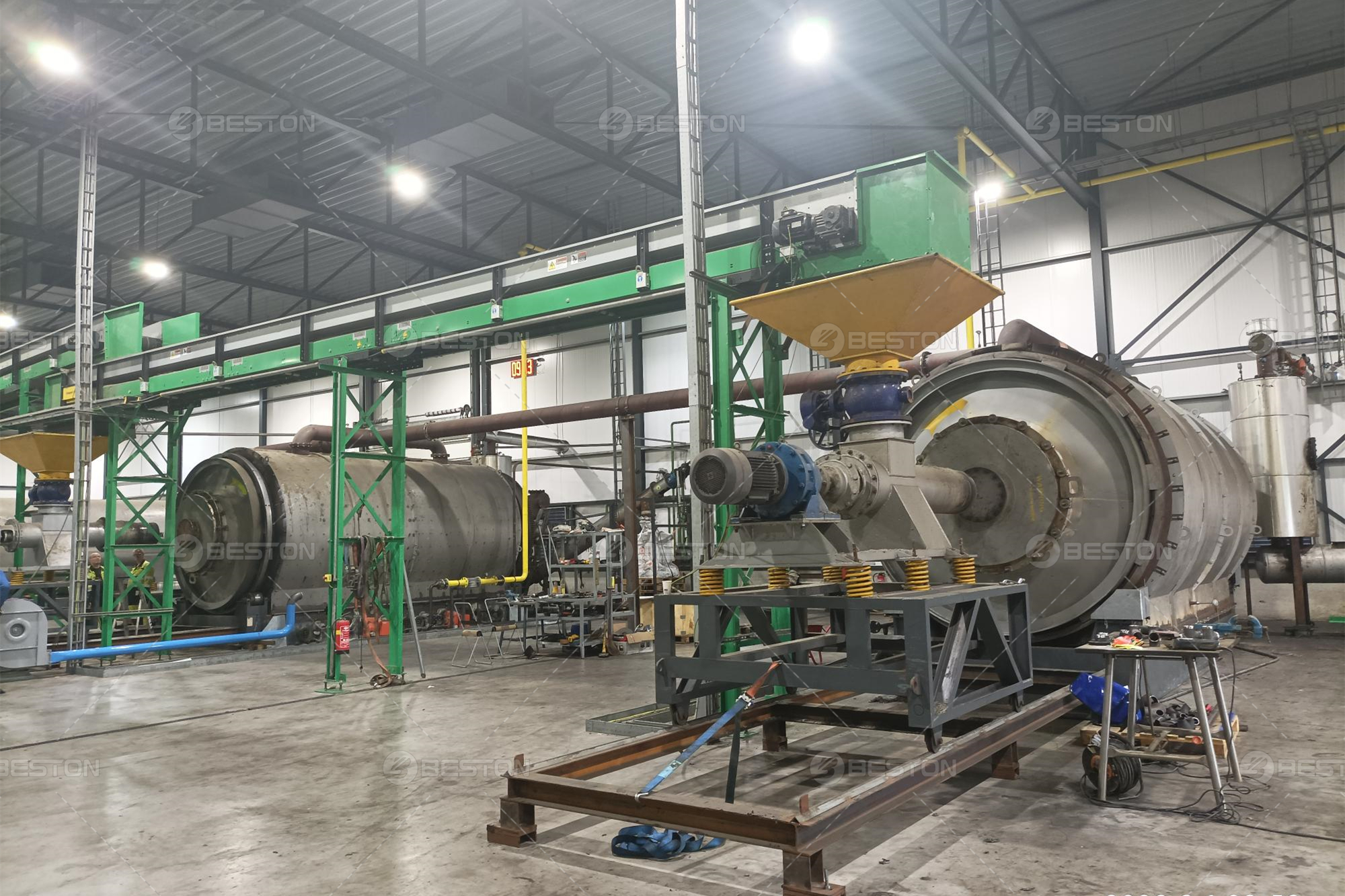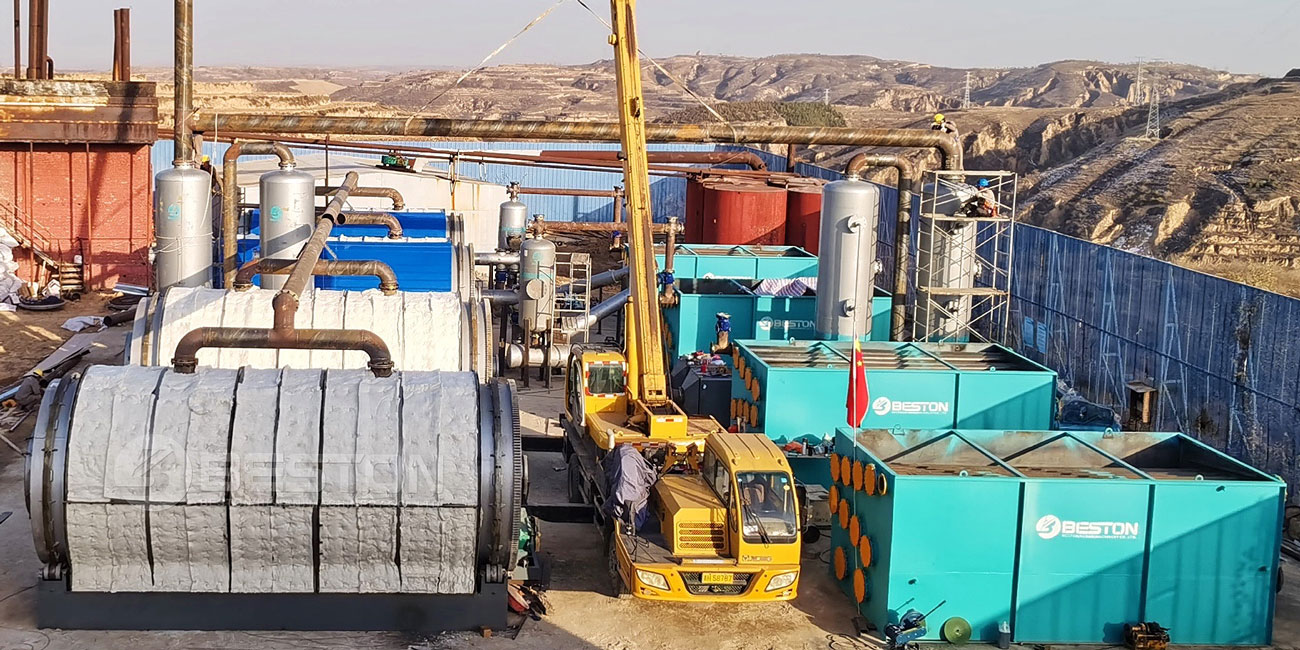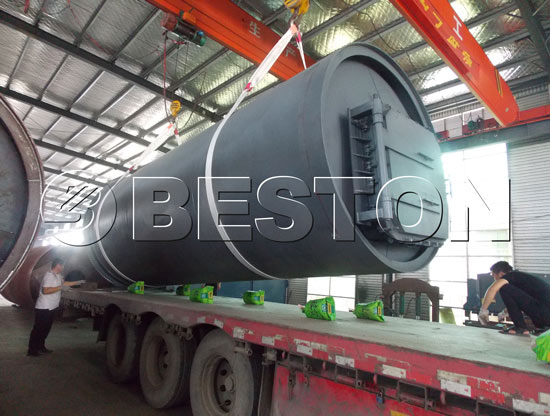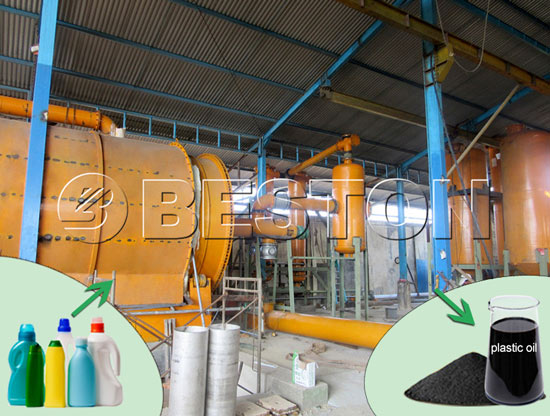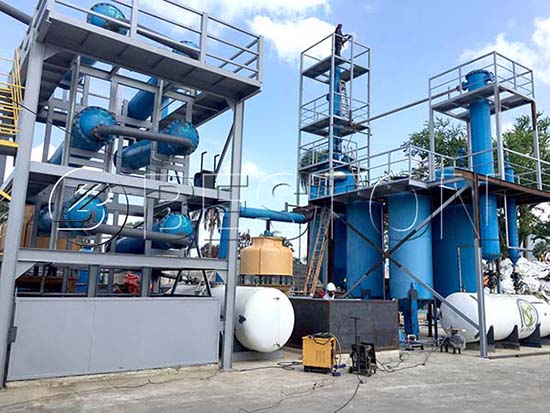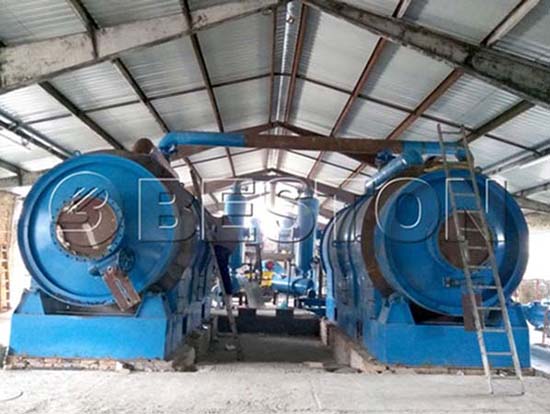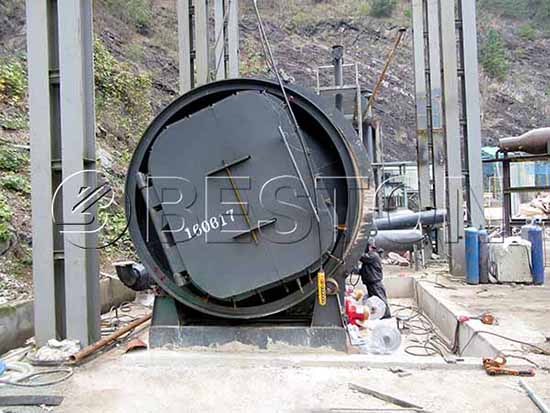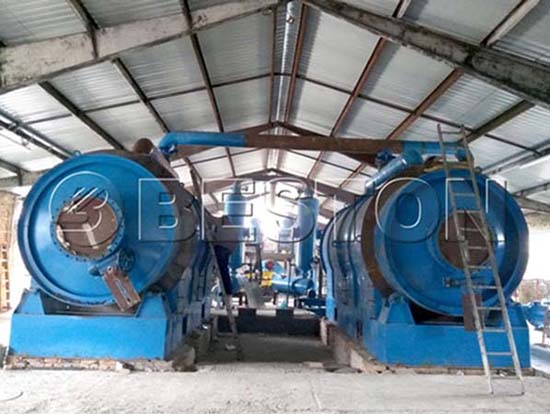As industries and municipalities look for sustainable ways to manage waste and reduce environmental footprints, pyrolysis technology stands out as a promising solution. Pyrolysis, a thermal decomposition process of organic material in the absence of oxygen, is rapidly gaining popularity for its ability to convert various waste types, including plastics, rubber, and biomass, into valuable resources like oil, gas, and biochar. However, understanding the different options available, the associated costs, and the scale of investment needed is essential for businesses considering adopting this technology.
What is Pyrolysis Technology?
At its core, pyrolysis involves heating materials to high temperatures in a sealed, oxygen-free environment. This process breaks down complex organic compounds into simpler molecules, which are then condensed into valuable byproducts such as pyrolytic oil (also referred to as bio-oil), combustible gases, and solid char. These byproducts have a wide range of applications, including energy production, material recycling, and soil enhancement through biochar.
Pyrolysis Reactor for Sale: What to Look For?
When considering investing in pyrolysis technology, purchasing a pyrolysis reactor for sale is a key decision. A pyrolysis reactor is the core component of the system, where the actual thermal decomposition occurs. Depending on your business’s needs, the reactor’s capacity and design will differ. It’s important to consider factors like:
- Size and capacity: Pyrolysis reactors come in various sizes, designed for different scales of operations. Some are suitable for small-scale businesses, while others are built for industrial-scale operations.
- Material compatibility: Different reactors are designed to handle specific waste materials. It’s crucial to select a reactor that can process the materials you plan to recycle (e.g., plastic, rubber, or agricultural waste).
- Efficiency and yield: The efficiency of a reactor is critical for maximizing output while minimizing energy consumption. Look for reactors that are well-designed to optimize the conversion process and ensure high-quality byproducts.
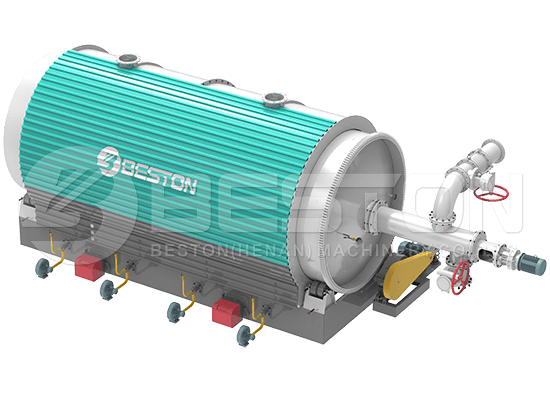
Pyrolysis Plant Cost: What Affects the Price?
The cost of a pyrolysis plant can vary significantly based on several factors, including the scale of the operation, the type of plant, and the materials being processed. Here are the primary factors that influence pyrolysis plant costs:
- Scale and Capacity: Larger plants with higher processing capacities tend to be more expensive due to the increased need for larger equipment, more advanced technology, and higher installation costs.
- Technology Type: A continuous pyrolysis plant, which can operate 24/7 without requiring frequent stops, generally costs more than a batch pyrolysis plant. Continuous systems offer higher efficiency and throughput, making them more suitable for businesses looking to scale operations.
- Customization and Features: Plants with added features, such as automated control systems, advanced monitoring, and emissions control, will also increase the overall cost.
- Installation and Maintenance: The cost of setting up the plant, including infrastructure, installation, and ongoing maintenance, should also be considered when evaluating the overall investment.
Small Pyrolysis Machines: A Suitable Option for Small-Scale Businesses
For small-scale businesses or startups, investing in a small pyrolysis machine may be a more practical and cost-effective solution. These machines are designed to process smaller quantities of waste and typically offer lower upfront costs and simpler operational processes. However, they still provide many of the same benefits as larger systems, such as:
- Waste reduction through the conversion of materials like plastic, rubber, and biomass into valuable products.
- Energy recovery in the form of pyrolytic oil and gas, which can be used to power the machine itself or be sold as a secondary product.
- Scalability: Small pyrolysis machines often serve as an entry point for businesses, allowing them to test the market and scale up gradually as their operations expand.
Continuous Pyrolysis Plants: Efficiency and Scalability for Larger Operations
If you are operating on a larger scale or plan to scale up your operations quickly, investing in a continuous pyrolysis plant might be a more strategic choice. These plants offer several advantages over batch systems:
- Continuous operation: Unlike batch systems, which require downtime between cycles, continuous plants are designed for uninterrupted operation, improving overall efficiency and throughput.
- Higher output: Continuous systems are capable of processing larger quantities of waste per hour, making them ideal for businesses that need to handle significant volumes of material.
- Lower labor costs: The automation of continuous systems reduces the need for manual intervention, making it easier to manage the process with fewer workers.
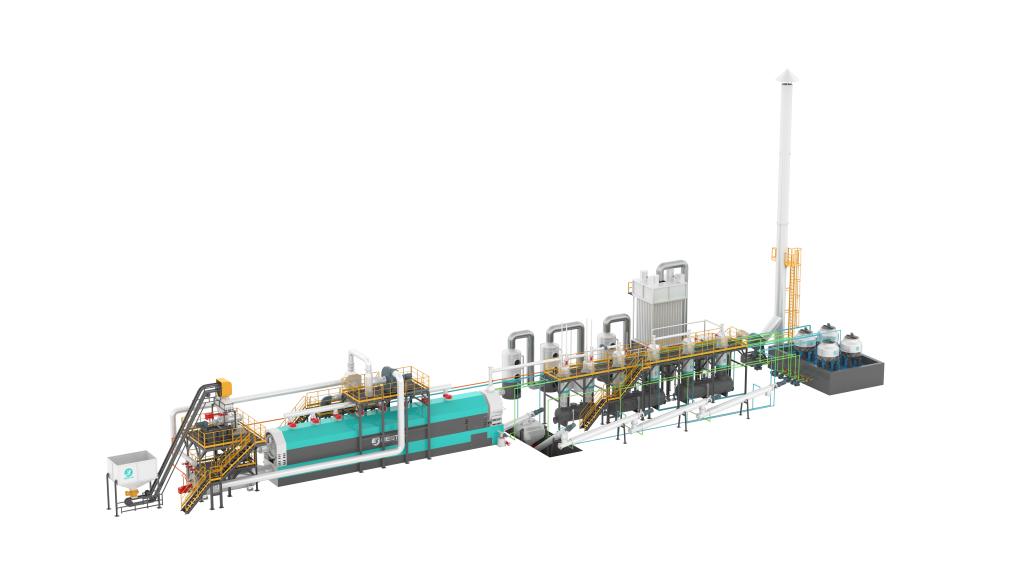
Final Thoughts: Is Pyrolysis the Right Investment for Your Business?
The decision to invest in pyrolysis technology requires careful consideration of your business’s specific needs, goals, and available resources. Whether you are looking for a small pyrolysis machine to start a small-scale operation or considering a continuous pyrolysis plant for large-scale waste-to-energy processing, understanding the costs, benefits, and potential return on investment is essential.
While the initial pyrolysis plant cost may seem significant, the long-term environmental benefits, energy savings, and revenue potential from byproducts like oil, gas, and biochar make it a worthwhile investment for many businesses. By choosing the right reactor, understanding the technology, and planning for scalability, companies can take a significant step toward sustainable waste management and resource recovery.
As you explore options for a pyrolysis reactor for sale, evaluate the features, costs, and potential returns to ensure that you select a system that best fits your needs.
